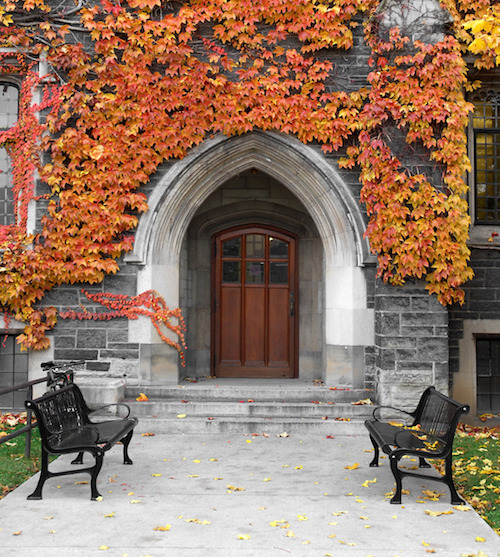In fourth century Asia Minor, there lived a farmer with three beautiful daughters. When the eldest announced she was planning to wed, the farmer fretted aloud that he had no money to provide her a dowry, putting her wedding plans in jeopardy.
One day, as the farmer left his home to tend to his crops, he felt something bump up against his foot as he put on his field shoes, which he had left on the porch before coming in the house the night before. He searched the shoe, and discovered a small bag of gold, worth just enough to make a dowry for his eldest daughter and to pay for her wedding.
A few years later, his second daughter announced her plans to wed, and the farmer’s financial picture had not improved over time. Wondering where he would find funding to support this wedding, he was delighted, but still surprised, to find another bag of gold in his field shoes just a few days later.
When his third daughter announced her plans to wed, the farmer was determined to discover the identity of the giver of the gold. He spent the night on the front porch, and when no one came to fill his field shoes with gold, went inside to prepare for the day. Imagine his surprise when he took down his stockings—hanging near the fire where they were drying—and found another bag of gold.
Only years later was it discovered that the giver of the gold was Nicholas, the village priest, who was only too aware of the farmer’s plight.
To this day, many families honor Nicholas by placing toys and candy in the shoes their children put out the night before—and these trinkets often include an orange, symbolic of the bags of gold. Other families hang stockings by the fireplace, typically at Christmas, to commemorate Nicholas’ ability to climb down the very large chimney opening once the evening fire was out and place the third bag of gold in the farmer’s stockings.
Either way, the tale of Nicholas is a reminder that this time of giving is one based on supply, and not excess.














